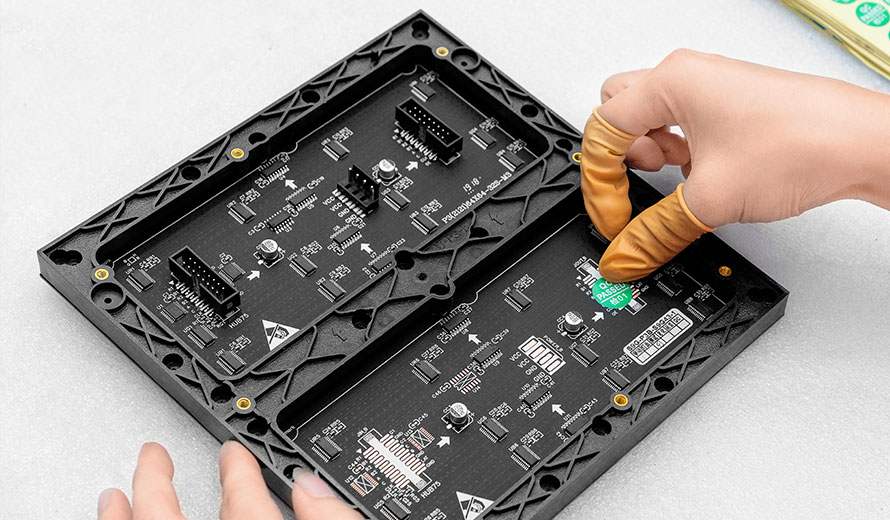
Meet With Global Standards
At each step of mass production, our engineer will take tests to reach a higher quality standard.
Besides regular testing, we will take additional test for displays used in different environments.
Due to our commitment to strict quality control, our display screens have reach the requirements of international certifications.
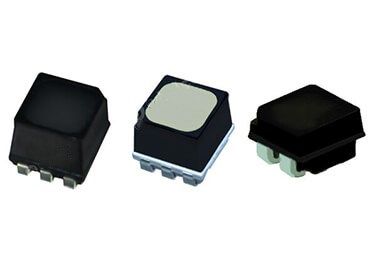 Quality material is the first and foremost
Quality material is the first and foremost
The final performance of the quality of the LED display depends on the quality of its raw materials. We must confirm the choice of raw materials before production.
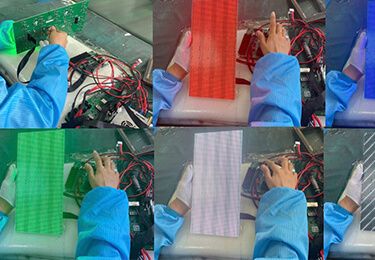 Confirm the details with the customers
Confirm the details with the customers
After the order is confirmed, the details of the product must be confirmed with the customer several times, including logo, structure, and other details.
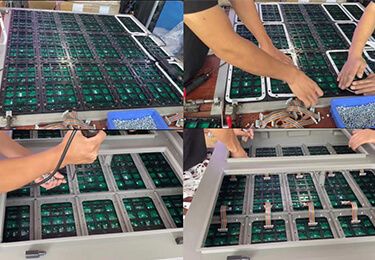 Update with the production process
Update with the production process
When the production is underway, we will take videos for customers to check what is going on with the order. We are transparent with all our procedures.
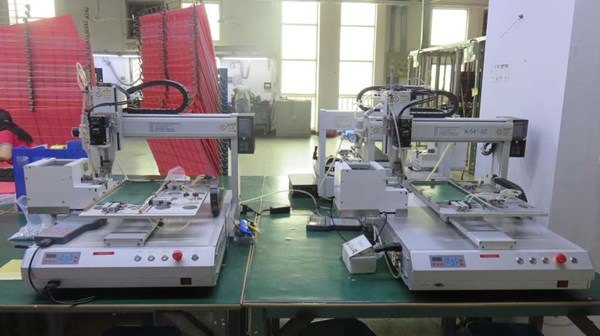
Testing kits
Advanced testing kits for productions
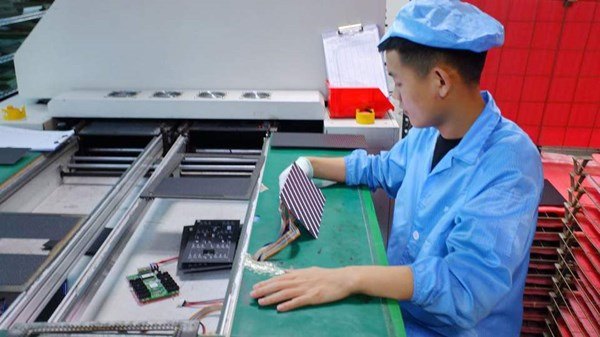
Strict process
Attention to details is important.
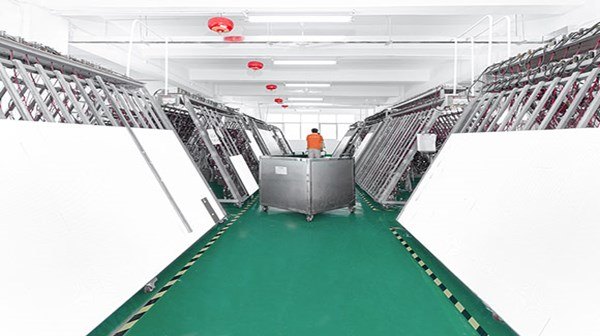
Age testing
We have at least 72 hours age testing
To produce high-quality LED Displays, technical control must be done in the following aspects:
1. Anti-static: LED Display assembly factories should have good anti-static measures, special anti-static floor, anti-static soldering iron, anti-static table mat, anti-static ring, anti-static clothing, humidity control, equipment grounding (especially the foot cutter ) And so on are basic requirements, and should be checked regularly with an electrostatic meter.
2. Drive circuit design: The arrangement of the drive IC on the drive circuit board on the LED Display module will also affect the brightness of the LED. Since the output current of the driver IC is transmitted too far on the PCB board, the voltage drop of the transmission path will be too large, which will affect the normal operating voltage of the LED and cause its brightness to decrease. We often find that the brightness of the LEDs around the LED Display module is lower than the middle, which is the reason. Therefore, to ensure the consistency of the display screen brightness, it is necessary to design the driver circuit distribution diagram.
3. Design current value: The nominal current of the LED is 20mA. Generally, it is recommended that its maximum use current be no more than 80% of the nominal value. Especially for displays with small dot pitch, the current should be reduced due to poor heat dissipation conditions. value. According to experience, due to the inconsistency of the attenuation speed of the red, green, and blue LEDs, the current value of the blue and green LEDs should be reduced in a targeted manner to maintain the consistency of the white balance after the display screen is used for a long time.
4. Mixed lights: LEDs of the same color and different brightness levels need to be mixed, or inserted according to the light insertion diagram designed according to the discrete law to ensure the consistency of the brightness of each color on the entire screen. If there is a problem in this process, the local brightness of the display will be inconsistent, which will directly affect the display effect of the LED Display.
5. Control the verticality of the lamp: For in-line LEDs, there must be sufficient process technology to ensure that the LED is perpendicular to the PCB board when passing the furnace. Any deviation will affect the brightness consistency of the LED that has been set, and color blocks with inconsistent brightness will appear.
6. The temperature and time of wave soldering must be strictly controlled: The temperature and time of wave front soldering are recommended as follows: preheating temperature 100℃±5℃, the highest temperature does not exceed 120℃, and the preheating temperature must rise smoothly, and the soldering temperature It is 245℃±5℃, and the welding time is recommended not to exceed 3 seconds. Don’t vibrate or shock the LED after the furnace, until it returns to normal temperature. The temperature parameters of the wave soldering machine should be checked regularly. This is determined by the characteristics of the LED. Overheating or fluctuating temperature will directly damage the LED or cause hidden quality problems, especially for small-sized round and oval LEDs such as 3mm.
7. Welding control: When the LED Displaydoes not light up, there is often more than 50% probability that it is caused by various types of welding, such as LED pin welding, IC pin welding, pin header and female header. Welding etc. The improvement of these problems requires strict improvement of the process and strengthened quality inspection to solve. The vibration test before leaving the factory is also a good inspection method.
8. Heat dissipation design: LED will generate heat when it is working, and high temperature will affect the attenuation speed and stability of the LED, so the heat dissipation design of the PCB board and the ventilation and heat dissipation design of the cabinet will affect the performance of the LED Display.
